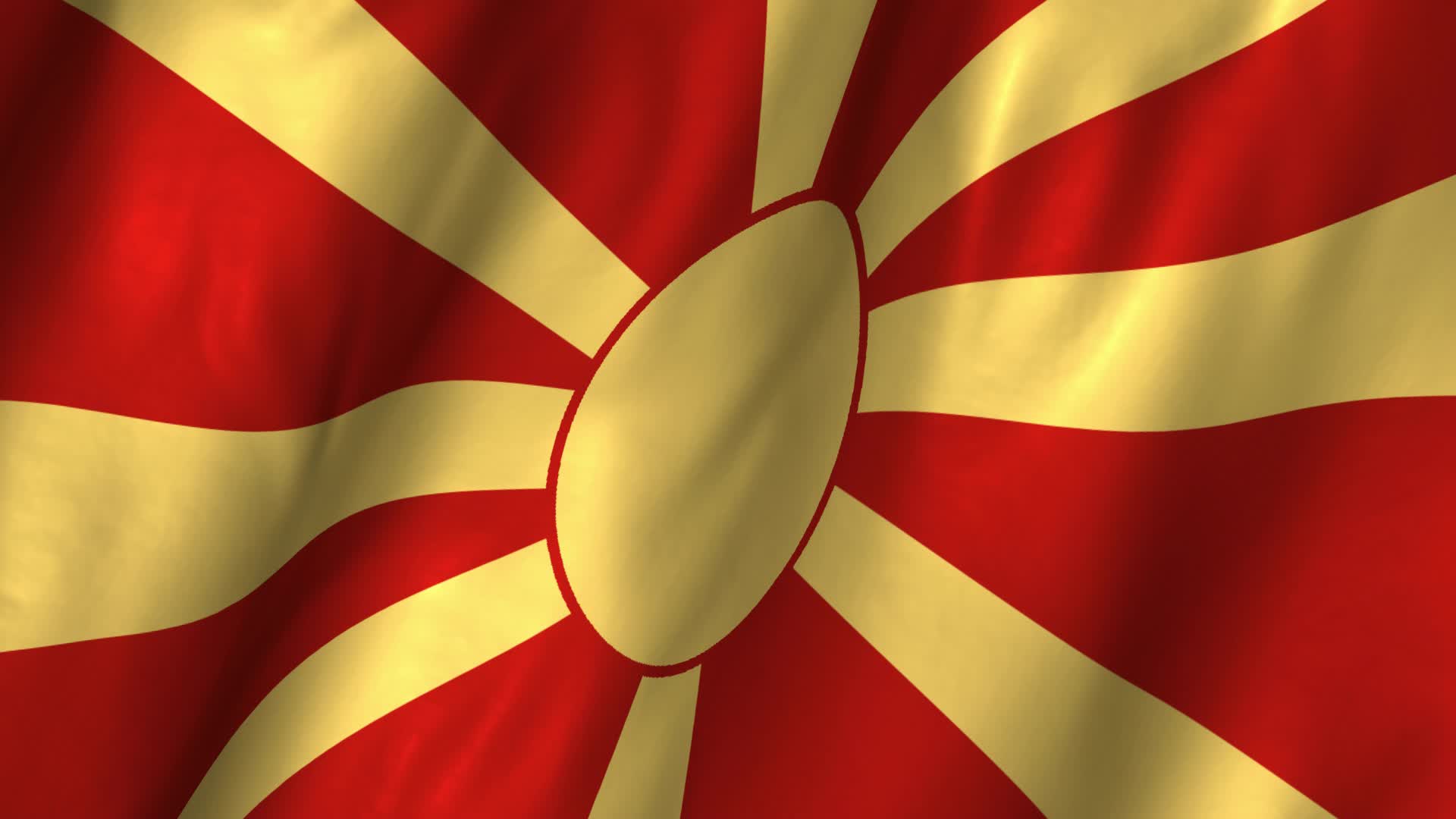
The Republic of North Macedonia is located in the northern part of the area traditionally known as Macedonia, a geographical region bounded to the south by the Aegean Sea and the Aliákmon River; to the west by Lakes Prespa and Ohrid, the watershed west of the Crni Drim River, and the Šar Mountains; and to the north by the mountains of the Skopska Crna Gora and the watershed between the Morava and Vardar river basins. The Pirin Mountains mark its eastern edge. The Republic of North Macedonia occupies about two-fifths of the entire geographical region of Macedonia. The rest of the region belongs to Greece and Bulgaria. Most people with a Macedonian identity also refer to the region that constitutes North Macedonia as Vardar Macedonia, the Greek part of Macedonia as Aegean Macedonia, and the Bulgarian part of Macedonia as Pirin Macedonia. In this article, unless otherwise indicated, the name Macedonia refers to the present-day state of the Republic of North Macedonia when discussing geography and history since 1913 and to the larger region as described above when used in earlier historical contexts.
The region of Macedonia owes its importance neither to its size nor to its population but rather to its location at a major junction of communication routes—in particular, the great north-south route from the Danube River to the Aegean formed by the valleys of the Morava and Vardar rivers and the ancient east-west trade routes connecting the Black Sea and Istanbul with the Adriatic Sea. Although the majority of the republic’s inhabitants are of Slavic descent and heirs to the Eastern Orthodox tradition of Christianity, 500 years of incorporation into the Ottoman Empire left substantial numbers of other ethnic groups, including Albanians, Turks, Vlachs (Aromani), and Roma (Gypsies). Consequently, Macedonia forms a complex border zone between the major cultural traditions of Europe and Asia.
Ottoman control was brought to an end by the Balkan Wars (1912–13), after which Macedonia was divided among Greece, Bulgaria, and Serbia. Following World War I, the Serbian segment was incorporated into the Kingdom of Serbs, Croats, and Slovenes (renamed Yugoslavia in 1929). After World War II the Serbian part of Macedonia became a constituent republic within the Federal People’s Republic of Yugoslavia (later Socialist Federal Republic of Yugoslavia). The collapse of Yugoslavia led the Republic of Macedonia to declare its independence on September 17, 1991.
The two major problems facing the newly independent Republic of Macedonia were ensuring for its large Albanian minority the rights of full citizenship and gaining international recognition under its constitutional name and membership in international organizations in the face of strong opposition from Greece, which claimed a monopoly on the use of the term Macedonia. After years of largely fruitless UN-mediated negotiations regarding the name issue, in June 2018 Macedonian Prime Minister Zoran Zaev and Greek Prime Minister Alexis Tsipras announced that an agreement (thereafter known as the Prespa Agreement) had been reached under which the Macedonian republic would be known both domestically and internationally as the Republic of North Macedonia (Macedonian: Severna Makedonija). By January 2019 the Macedonian and Greek legislatures had both approved the measures necessary to pave the way for formal adoption of the new name, which came into effect on February 12, 2019.
